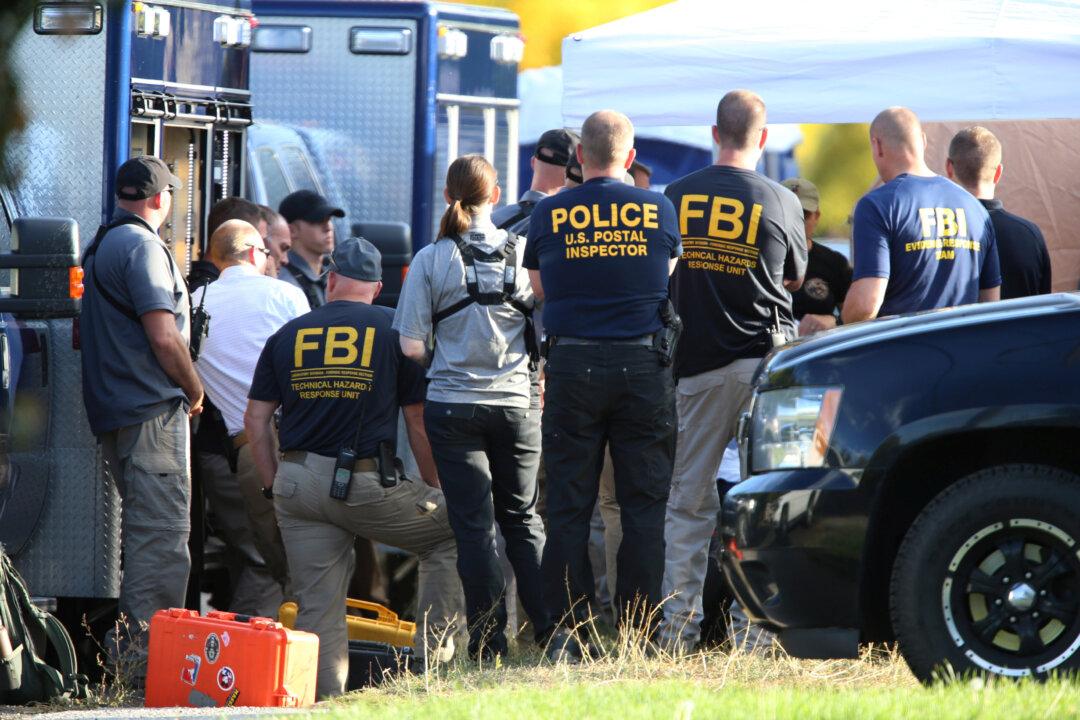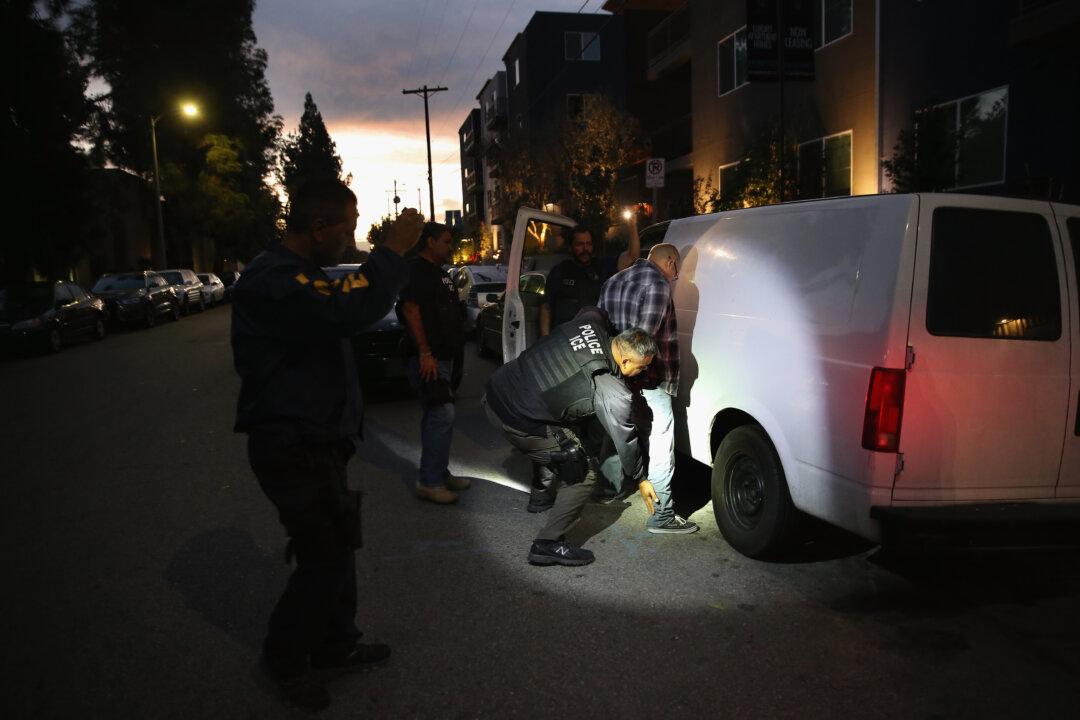The Department of Justice (DOJ) inspector general has identified concerns with the handling of employee-issued firearms by the FBI and the Drug Enforcement Administration (DEA) after parts of a firearm, which was to be destroyed in 2019, were used to commit a crime by a private citizen four years later.
In a recent report, the Office of Inspector General noted how firearm parts were stored in open bins that were accessible to thousands of DEA and FBI employees, as well as contractors.





